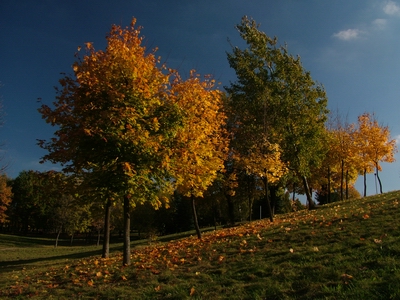Image problems: cause and resolution
Image is too dark or too light (underexposed or overexposed)
Photography is writing with light. In many cases, good and bad photos are differed by the available light in the scene. Light creates shadows, highlights textures, accents colors, creates moods and emotions, and a vast array of other enhancing effects in a photo. Bad light is a cause of poor photo.
When picture looking too dark and details are lost in the shadows, it is underexposured. Overexposured image looking too light, burned out, and details are lost in the highlights.
Photographic problem: Underexposed or overexposed photo.
 |  |
| Photo 1. Underexposed | Photo 2. Overexposed |
Cause of underexposed photo:
Not enough light to take pictures.
Resolution of image problems:
-Turn up the room lights.
-Use flash.
-Use higher ISO setting (light sensitivity of a digital sensors)
Cause of overexposed photo:
Too bright light.
Resolution of image problems:
-Use polarization filter.
-Use bracketing.
-Use compensation Exposure Value (EV).
-Use a black reflector to block and absorb unwanted light.
Cause of underexposed or overexposed photo:
Wrong ISO setting.
Resolution of image problems:
Check for correct ISO (light sensitivity of a digital sensors)
Cause of underexposed or overexposed photo:
Incorrect exposure mode setting.
Exposure is the amount of light that reaches a film frame or a digital sensor. Exposure is controlled by the shutter speed (time) and aperture (intensity). Camera's light meter measures light reflecting from the part of the scene shown in the viewfinder or on the LCD panel.
Some cameras offer more than one metering method:
However, automatic exposure works well in most, but not all lighting conditions. At times automatic exposure system produces an underexposed or overexposed image.
Resolution of image problems:
Use exposure compensation. It is a special mode allowing the user to override automatic exposure mode. Most cameras have +/-2 stops control that is enough to compensate in situations where the camera's system would normally be fooled.
Adjusting the exposure by positive numbers allows in more light, and compensates for underexposed pictures. Negative adjustments will result in reducing the exposure in order to correct pictures that would otherwise be overexposed.
Use bracketing. Bracketing is a process of taking three shots of the same subject with different exposure settings to ensure a perfect exposure. The first would be at the recommended setting. The second would be lighter and the third darker than the original one. You can do this using exposure compensation.
Cause of underexposed or overexposed photo:
Scenes with high contrast (bright highlights and deep shadows).
Resolution of image problems:
-Use flash
-Use white reflector card to lighten the shadows
-Use exposure lock
Cause of underexposed or overexposed photo:
Camera's shutter or lens aperture faulty.
Resolution of image problems:
Check your camera.
Processing image:
If you would like to fix photo or improve image, our professional photo designers are always here to help you. Just click here to upload your photo.
See photo retouching.
